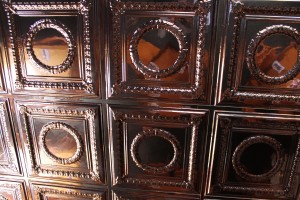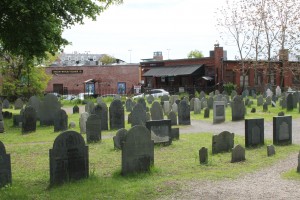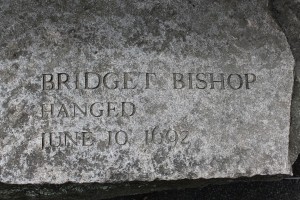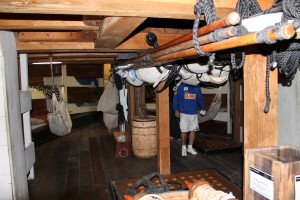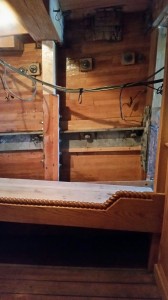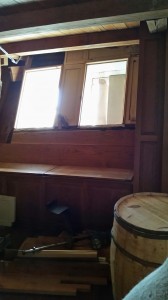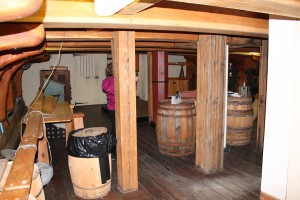After my research journey to Salem this spring, I decided to reread both The Scarlet Letter and the House of Seven Gables. I read both but a long time ago – because they were on reading lists. Let me tell you, I missed a lot in The Scarlet Letter as a fourteen year old reader. I don’t know yet what I missed in The House Of Seven Gables – I haven’t read it yet. but I’ll be willing to bet I missed most of the important points.
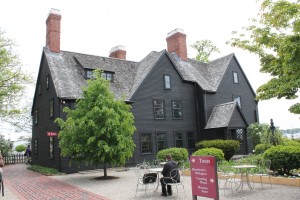
It was clearly owned by a wealthy family.
There really is a house of the seven gables. Who knew?
This is one of the ceilings. and there was an attic for the servants and slaves to sleep in.
Puritanism and the witch trials are clearly part of the history – and not just the tourist parts either. We stopped at the Old Burying Point.
There were a lot of small gravestones for little children. Some families lost five and six kids. Heartbreaking. But one of the most poignant were the large memorials to the people executed during the witch trials. Since they had been found guilty of witchcraft the victims could not be buried in consecrated ground. It is thought the families slipped out at night and found the bodies and gave them a decent burial. But no one knows for sure. And the graves of course cannot be located.
Each memorial is inscribed with the name and date of execution of one of the nineteen victims. Sobering.
I read The scarlet Letter with an entirely different perspective.
Here’s a fun fact about Hawthorne. He did not want to be associated with the Judge who sent the accused to the gallows ( a direct ancestor) so he added a w to his name.

